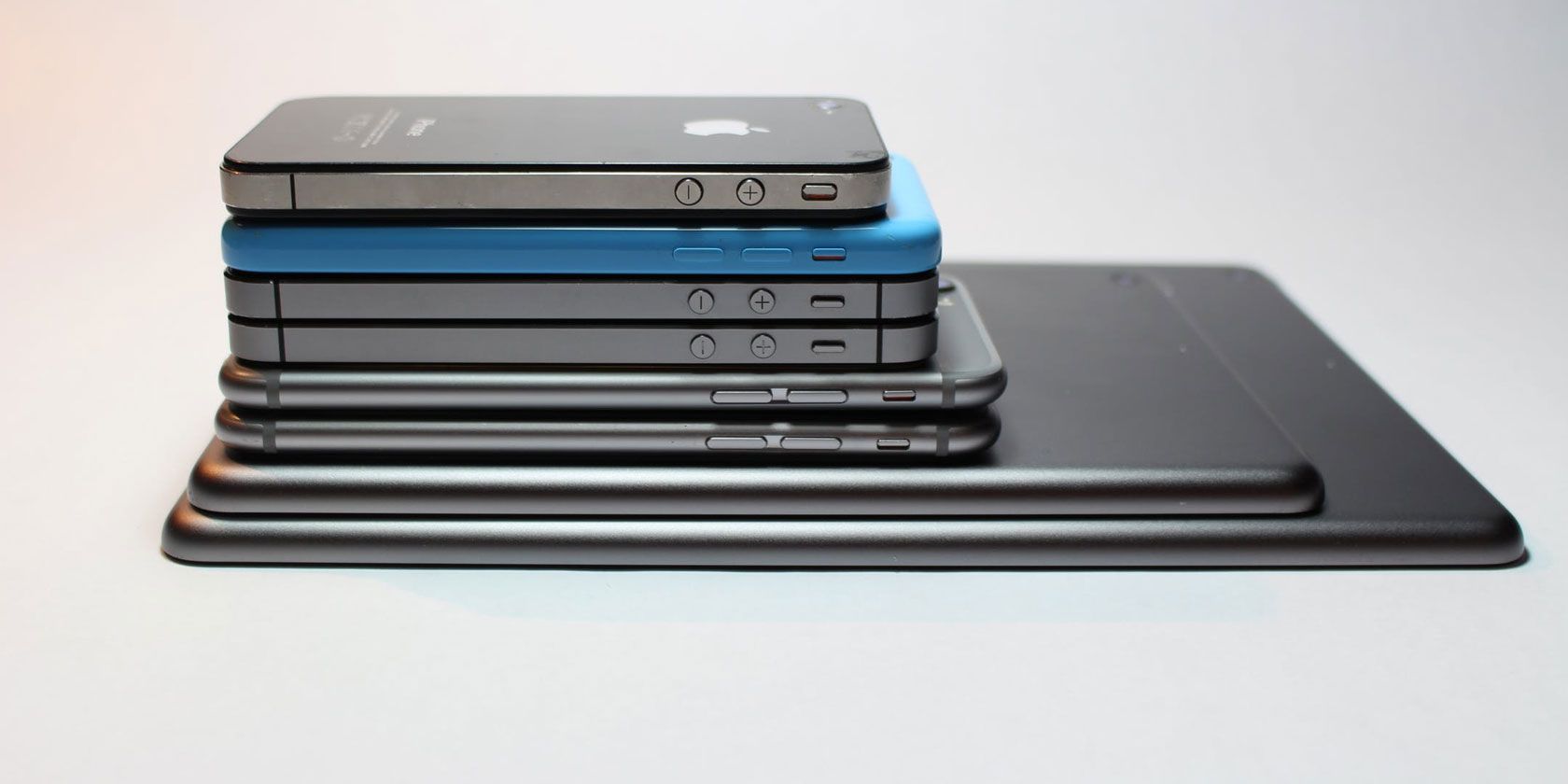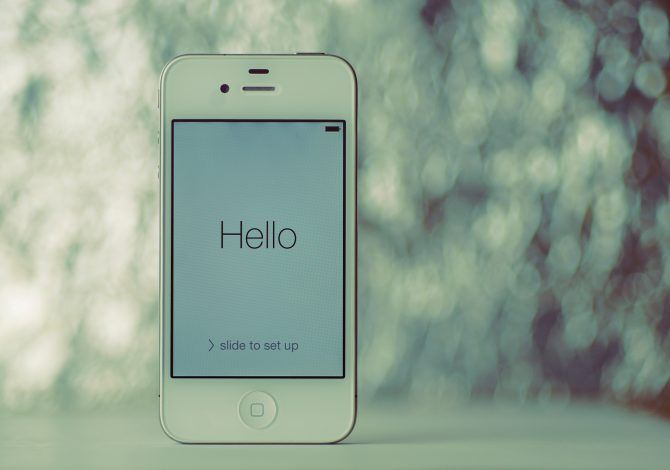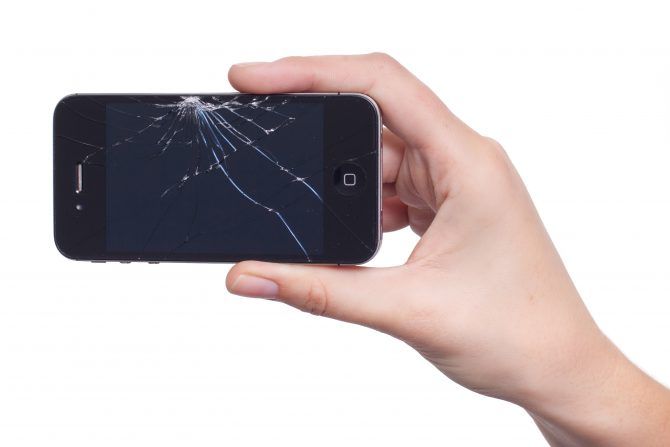Is your iPhone model obsolete?
You might suppose that it could never become obsolete, seeing how Apple bills each model as "state-of-the-art" on launch. But nothing lasts forever. Apple actually maintains a list of "vintage and obsolete" products, which it updates every year.
Specifically, the "vintage and obsolete" label means that Apple has discontinued hardware support for those devices. However, as we'll explain, Apple tends to discontinue software updates for its smartphones before it stops hardware support. Thus, it might be worth upgrading to a new iPhone before yours becomes a digital antique.
What Exactly Are "Vintage and Obsolete" iPhones?
Apple does make a distinction between "vintage" and "obsolete" devices. However, for most intents and purposes, these labels are all but identical.
An "obsolete" iPhone is one which Apple has discontinued all hardware support for in all regions, without exceptions. This means that repair shops and other service providers can't order repair parts for obsolete models.
A "vintage" iPhone is essentially the same as an obsolete iPhone. The only difference is that anyone who bought their device in California can still obtain hardware support when it breaks. Importantly, the "vintage" label also applies to Mac products purchased in Turkey.
This means that if you bought your iPhone in one of the 49 other states in the U.S. (or elsewhere in the world), you won't get any help from Apple. In that case, you might as well consider your iPhone obsolete.
Is My iPhone Obsolete?
You can check whether your iPhone is obsolete by visiting Apple's regularly updated list of vintage and obsolete products. With regards to the iPhone, Apple tends to update it once a year. This generally happens around September and October ( with the unveiling of the newest iPhone model).
To save you some time, here are the iPhone models Apple currently classifies as "obsolete":
- iPhone
- iPhone 3G
- iPhone 3GS 16GB, 32GB
- iPhone 4 CDMA, 16GB, 32GB
And here are the iPhone models that Apple has classified as "vintage":
- iPhone 3GS 8GB
- iPhone 4 CDMA 8GB
- iPhone 4S
- iPhone 5
As we mentioned, "vintage" iPhones are effectively obsolete, unless you bought yours in California. Models purchased in the Golden State can still receive hardware support from Apple.
It's worth pointing out that Apple has rules for classifying a product as obsolete or vintage. "Vintage" devices are those discontinued between five and seven years ago. "Discontinued" here means that Apple has stopped manufacturing and selling the device in question. For example, the iPhone 5 was discontinued in September 2013, which was why it received the "vintage" label in October 2018.
Apple states that the "obsolete" label applies to devices that were discontinued over seven years ago. However, it still classifies the iPhone 4 as obsolete, even though this model was also discontinued in late 2013. It would therefore seem that Apple doesn't always follow its declared guidelines for obsolete devices. It may push obsolete status on certain phones early.
What Can I Do If My iPhone Is Obsolete and It Breaks?
If your iPhone is obsolete and it needs a hardware fix, Apple won't fix it for you. Licensed repair services that source new parts from Apple are also out. This includes work such as a new battery, replacing the charging port, installing a new Home button, swapping the chip, or getting a new camera lens.
That said, it's possible that you can still get your iPhone fixed (if you really wanted to) by finding replacement parts yourself. By searching eBay, for example, you might be able to find what you need. You could then take those to a repair shop to have the work done. It's also possible that some repair shops could find necessary parts themselves (from a source other than Apple). However, you risk using sub-par components that could malfunction.
Of course, this will likely be a costly and time-consuming process. If you have an ancient iPhone 4 or 5 that breaks, you're probably best off spending that money on upgrading to a new phone. If you don't want to buy a brand-new device, you could look at buying a second-hand or refurbished iPhone. This will likely cost less money than repairing your current phone.
Do I Need to Upgrade My iPhone Before It's Obsolete?
Even if your iPhone is neither "obsolete" nor "vintage," it still might be a good idea to upgrade to a newer model. For example, even though the iPhone 5 became obsolete only in October 2018, Apple discontinued software support for it in September 2017. When iOS 11 released, the iPhone 5 wasn't compatible.
Because of this, the iPhone 5 missed out on key software updates that make it more secure and add features. Because they couldn't update to iOS 11, owners of the iPhone 5 could have potentially put themselves at risk.
This is why it's wise to upgrade your iPhone even before Apple decides it's "obsolete." Once it stops receiving new software updates, it can't keep pace with any newly discovered bugs and software vulnerabilities.
So what's the typical iPhone lifecycle? The iPhone 5 was released in 2012 and stopped receiving software updates in 2017. However, the iPhone 4 was released in 2010, yet it stopped receiving software updates with iOS 8, which released in 2014.
In other words, an iPhone can become "obsolete" in software terms after four or five years. This suggests that to benefit from the latest operating system and functionality, you should probably consider upgrading once your iPhone reaches its fourth birthday.
Even so, if you're the type of person who gets a kick out of the latest hardware and specs, then it may be worth upgrading to a new iPhone model even sooner. On that note, take a look at the features that make iPhone 11 worth an upgrade. And see when is the best time to buy a new Apple device.



